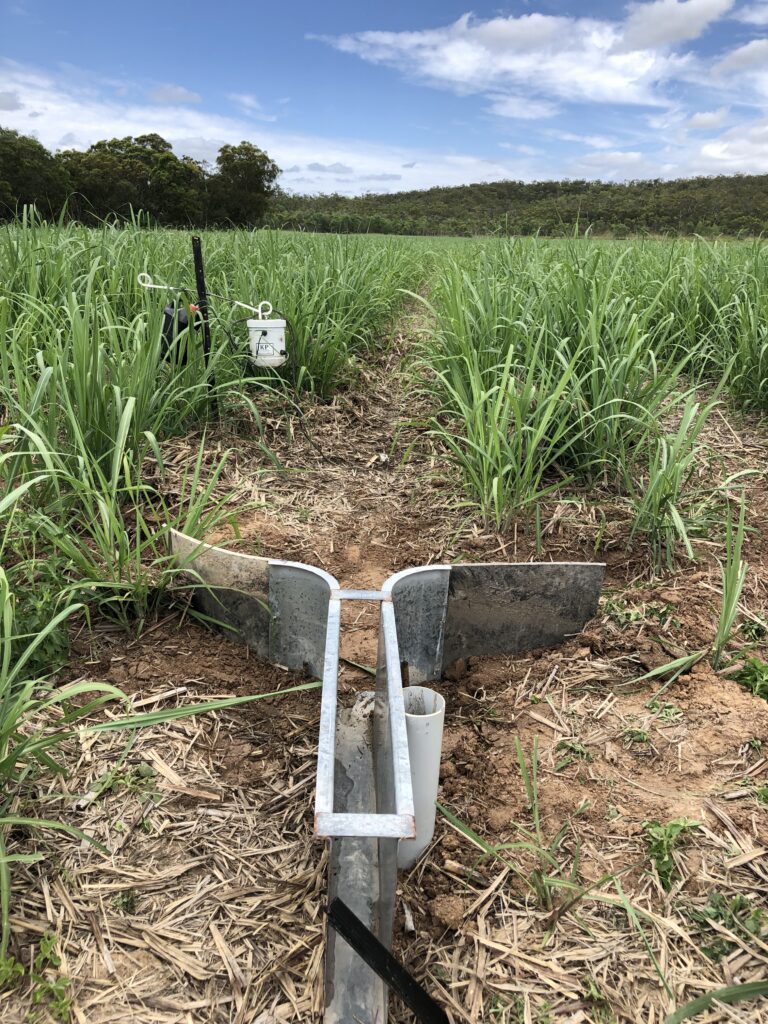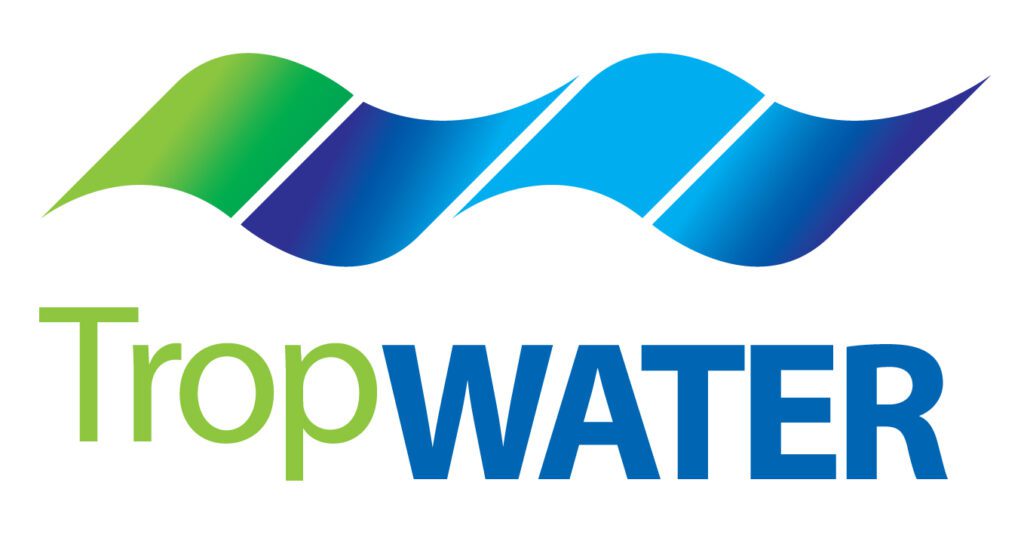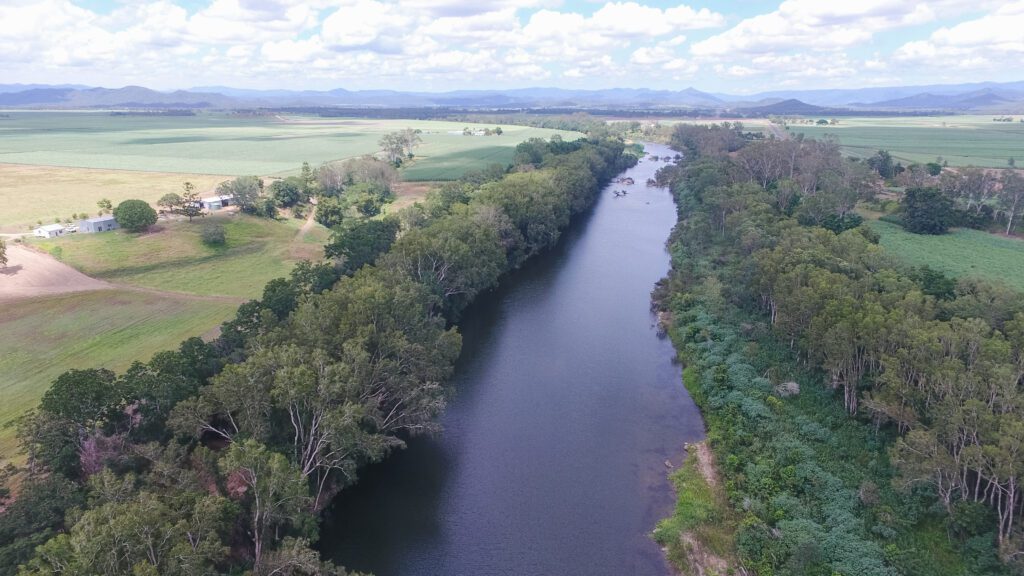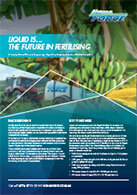The Value of on Farm Water Quality Monitoring.
The Mackay Whitsunday region boasts a strong history of water quality monitoring and proactive engagement focusing on the paddock and local creek scales. Farmers in this region continue to make significant strides in improving farm management practices to reduce off farm runoff.The LAND HUB project improves on farm decision-making through increased data access and utility, with three monitoring sites showcasing its benefits for growers. The project is part of the Mackay Whitsunday Water Quality Program, funded by the partnership between the Australian Government’s Reef Trust and the Great Barrier Reef Foundation. This fact sheet explains the process of on farm water quality data collection and the benefits for growers.

What is involved in monitoring?
Monitoring water quality paddock runoff provides valuable data to understand fertiliser, pesticide and sediment surface losses, allowing for more effective planning and retaining products on the paddock. It also serves as a benchmark for comparing different management practices and enhances our understanding of product losses from farms.Water quality monitoring has been instrumental in refining key management principles like timing, placement, product selection, and application rates. For instance, it helps predict potential paddock losses based on different product usage scenarios
Key Messages:
- Water quality monitoring helps quantify the loss of fertilisers and pesticides in runoff from specific paddocks.
- There can be limitations to data and this is reflected in the results communicated.
- Combined with agronomic data, these results guide improved land management decisions.
What type of results can I expect and what are the limitations?
However, there can be uncertainties in these measurements, similar to uncertainties in any field or lab work. Scientists often include an “error bar” to show this uncertainty. Equipment problems, how water flows on the field, and difficulties in collecting samples can complicate the processing and interpretation of water quality results.
So, we must be cautious when interpreting field results, but the findings become stronger when we replicate the same field trial or conduct multiple trials over time with similar results.
What can farm monitoring data be used for?
Did you know?

Results from paddock water quality monitoring.
If you want to learn more about the Land Hub program follow this link: https://www.landhub.com.au/







